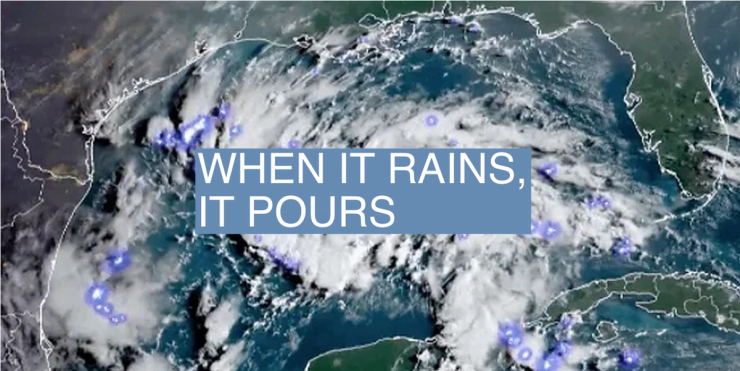The News
Tropical Storm Harold is expected to reach the U.S. state of Texas today, in what could mark the latest in a series of ongoing climate-driven emergencies in North America.
SIGNALS
Residents in South Texas are bracing for heavy rain and tropical-storm-force winds as Storm Harold moves their way. But while there is a risk of flash flooding and mudslides, the storm could also bring much-needed drought relief to the parched state.• 1
The spate of extreme weather events in North America this summer may offer a window into the future of global warming. From heat waves in the southern U.S., deadly wildfires in Canada and Hawaii, and a rare tropical storm in California, the region has faced simultaneous climate disasters. In the last 30 days alone the U.S. has seen 8,304 hot temperature records set or tied, according to Axios. This “era of simultaneous climate disasters is here to stay,” Andrew Freedman wrote.• 2
Despite recent extreme weather events the world isn't warming faster than scientists have predicted, New Scientist reported. The rise in average global surface temperatures so far is within the range that climate models have projected for greenhouse gas levels,• 3 but Earth could yet exceed projections to warm above 2.7 degrees Celsius by 2100. Zeke Hausfather, a climate scientist at the nonprofit Berkeley Earth, told the magazine that “the progress made on clean energy does help rule out 5°C warming, though we still cannot exclude the possibility of 4°C warming by 2100.”
New Scientist, Is climate change accelerating and is it worse than we expected?



